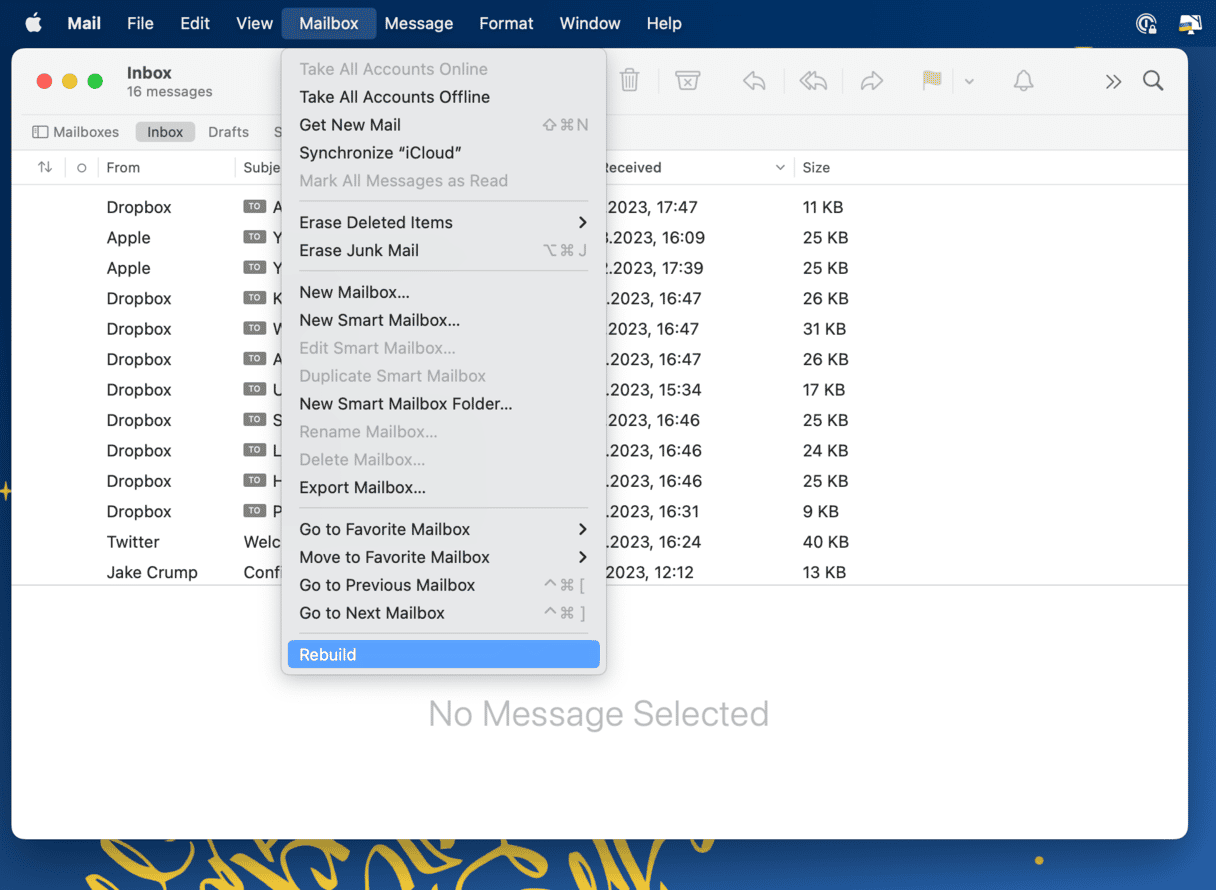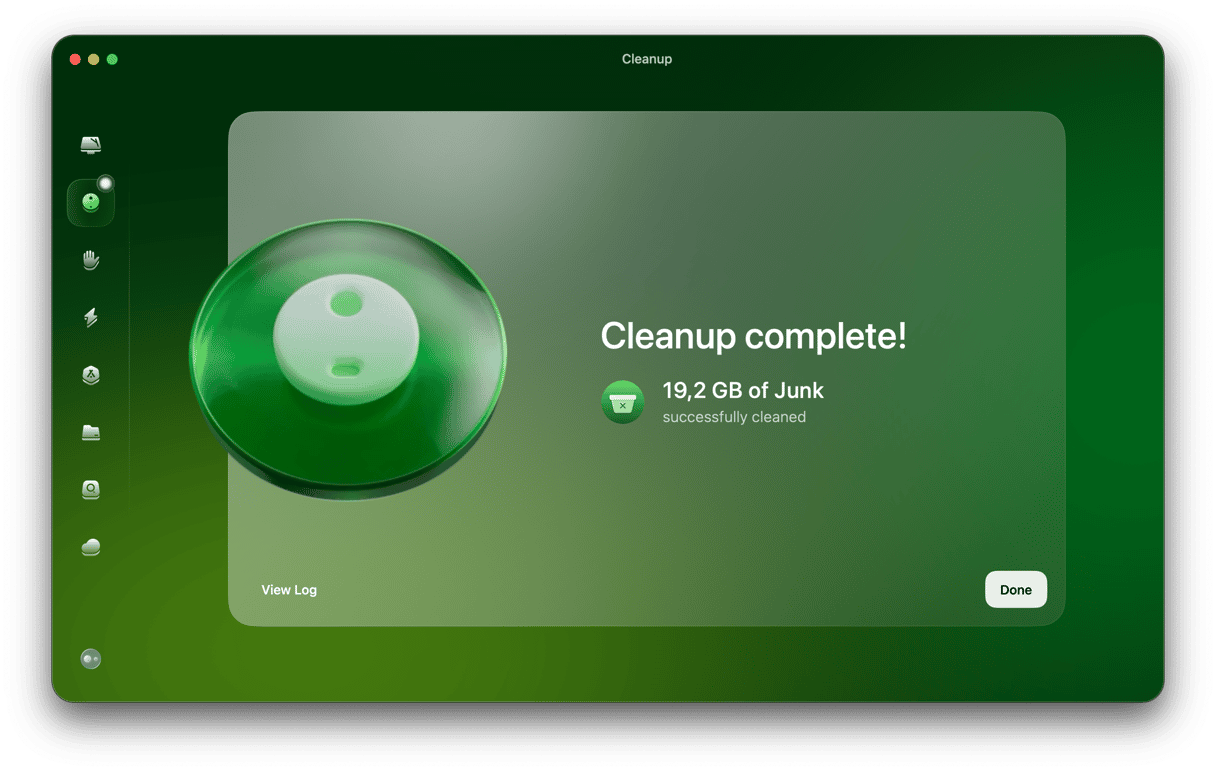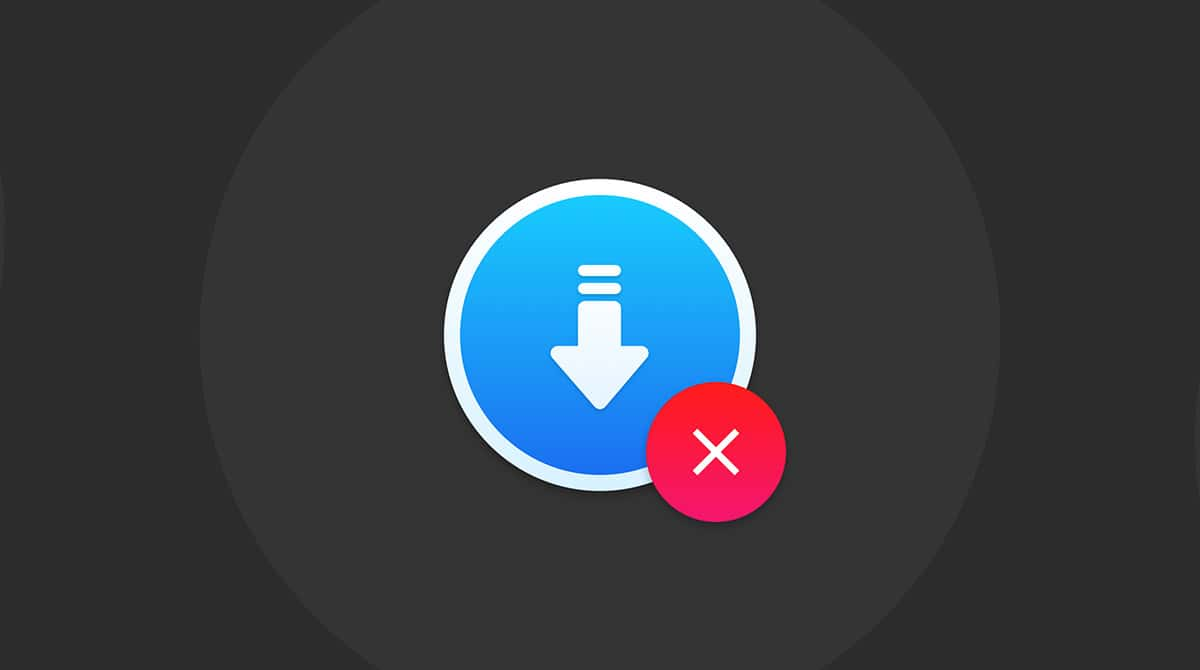Mailbox issues can affect Mail’s performance, causing simple tasks like downloading new messages to take much longer than normal. An overburdened Mailbox can also cause several other problems: maybe you’re missing emails, can’t locate emails with search, or the content of your emails is incorrect or jumbled. But if your Apple Mail isn’t working right, don’t panic. These problems can usually be solved by rebuilding and reindexing your Apple Mailbox.
While it may sound intimidating at first, rebuilding and reindexing your Mailbox is actually pretty straightforward. Here, we’ll take you through the process step-by-step so you can get Apple Mail up and running as usual.
First things first
Before getting started with rebuilding and reindexing your Mailbox, you’ll want to tidy up Apple Mail:
- Delete messages you no longer need
- Delete all messages in your Deleted Items and Spam folders
- Update to the latest version of Mail
Now that some housekeeping is out of the way, you’ll have a clean slate to work with.
Rebuild the Mailbox on your Mac
You may be thinking: “Re-build a mailbox? I don’t even know how to build one in the first place!” But don’t sweat: it’s actually pretty easy.
When you rebuild a mailbox, the copies of your emails stored on your Mac are deleted, then downloaded again from your mail server.
Here’s how to do it:
- Open Mail.
- Select the Mailbox you’d like to rebuild from the sidebar on the left.
- Select Mailbox from the Menu Bar and click Rebuild.
You can do this either by clicking the Mail icon (if it’s in your dock) or using Spotlight search (press Command + Space to open Spotlight) to locate the app.
If you can’t see this sidebar, click on View in the Menu Bar and select Show Mailbox List from the drop-down menu. You can also show or hide your Mailboxes with the keyboard shortcut Shift + Command + M.

You’ll have to repeat this step for each of your Mailboxes. Additionally, if you have a larger mailbox with a lot of messages, you can expect this process to take longer (up to a few hours).
Reindex your Apple Mailbox
Rebuilding your Mailboxes is often enough to solve many of the issues an overburdened Mail app may experience. However, if you’re still having problems (such as the app becoming so unresponsive it barely works or fails to open), you should manually reindex your Mailboxes.
Here’s how to manually reindex your Mailbox:
- First, quit Apple Mail if the app is running.
- Open the Finder and select Go from the Menu Bar.
- Enter
~/Library/Mail/and press Return. - Choose the V10 folder (depending on your macOS version, it can be named V5, V6, or V7) > MailData. Next, locate and delete all the files that start with Envelope Index, such as “Envelope Index” or “Envelope Index-wal.”
- Open Apple Mail. Next time you open Mail, it will build entirely new Envelope Index files. You may have to be patient—this process can take a while if you have a lot of messages for Mail to go through.
Note: It’s a good idea to copy each file to your desktop before deleting it.

Now, everything should be working as normal! If so, you can get rid of the Envelope Index file copies from your desktop.
Refresh your Mail and fix errors
This is the final tip, and it’s a pretty easy one because, this time, we’ll use an automatic tool.
A popular Mac app you’ve probably heard of, CleanMyMac, has a dedicated tool to fix Mail errors. A couple of people recommended it to me, and to my surprise, it did optimize my Mail.
- Download a free edition of CleanMyMac (it’s notarized by Apple).
- Install the app and go to the Performance tab.
- Click Scan > View All Tasks > Speed Up Mail.
- Click Run.

- Delete old Mail attachments
This will speed up Mail search and reindex mailboxes.
While you are in CleanMyMac, there is another useful thing you can do. Each time you view an attachment in Apple Mail, the app saves a copy of the file to your Mac. This can take up lots of much-needed space.

You can use the Cleanup tool to clean up the images, PDFs, or even company logos that your Mail app has saved. It even smart-selects for removal only attachments that can easily be brought back by accessing the emails they originated from. Additionally, if you’ve made changes to your attachments, CleanMyMac marks them as User-Modified and won’t select them for removal.
You can get a free trial of CleanMyMac here. Hope you’ve successfully fixed your Mail with these tips.







